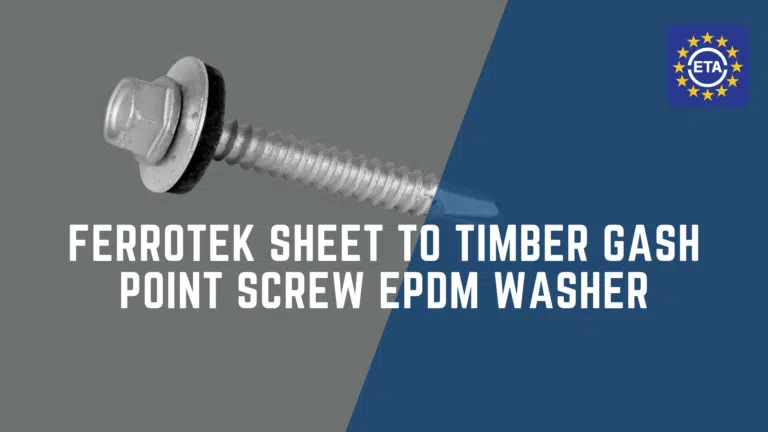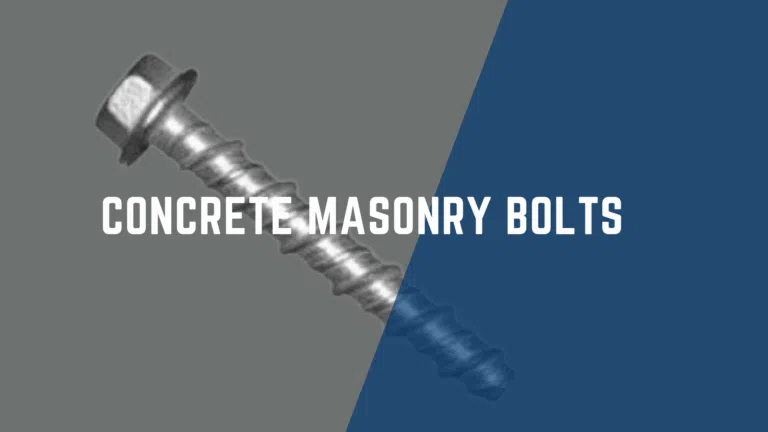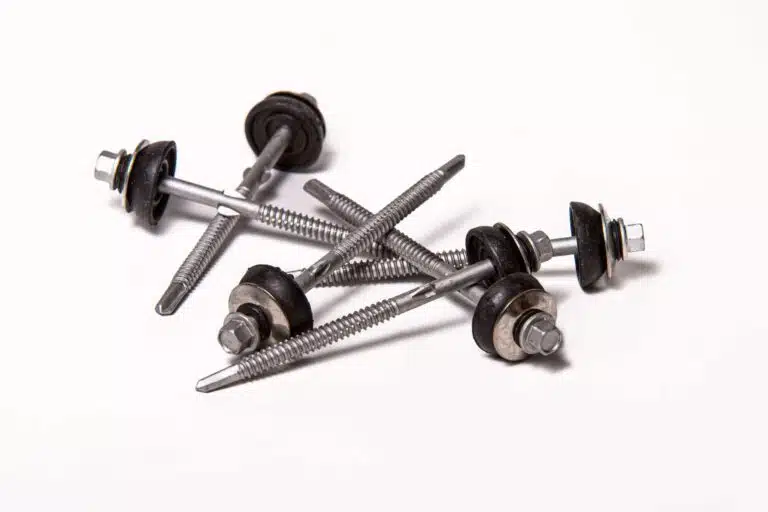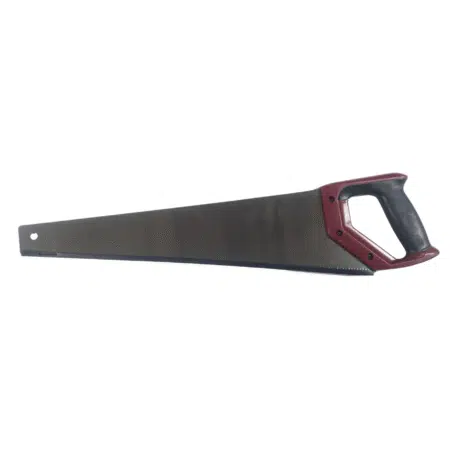This guide will equip you with the knowledge to effectively ferrotek a steel to steel heavy section self-drilling screw. You’ll learn the vital steps to ensure a secure and durable connection, maximising the performance of your fastening. It’s important to pay attention to safety precautions, as improper handling can lead to accidents or poor results. By following this process, you’ll achieve a reliable bond that meets your construction needs, ensuring both strength and stability in your projects. Additionally, it is essential to choose the right ferrotek steel self-drilling screws for your specific application to maximize efficiency. These screws are designed to penetrate heavy steel sections effortlessly, minimizing installation time and labor. By incorporating ferrotek steel self-drilling screws into your projects, you ensure a robust and long-lasting fastening solution capable of withstanding the rigors of various environments.
Key Takeaways:
- Ensure proper alignment and positioning of the screws before drilling to achieve a secure and efficient fastening of the steel sections.
- Utilise the correct torque settings to prevent over or under-tightening, which can compromise the integrity of the connection.
- Choose the appropriate self-drilling screw type based on the thickness and type of steel to ensure optimal performance and durability.
 Choosing the Right Tools for Precision Drilling
Choosing the Right Tools for Precision Drilling
Utilising the correct tools is vital for achieving accurate results when drilling heavy sections with self-drilling screws. High-quality drill bits and drives that align with the specific dimensions of your screws not only optimise the drilling process but also enhance the overall integrity of the installation. Investing in electric or battery-powered drills offers you the flexibility of movement, enabling you to handle projects efficiently, especially in tight spaces where manoeuvrability is crucial.
Essential Equipment for Self Drilling Screws
Your toolkit should comprise a robust electric or cordless drill, specifically designed to accommodate the torque requirements of self-drilling screws. Additionally, include a set of accurately sized drill bits and a depth-setting gauge to maintain consistent screw penetration. Don’t overlook the value of high-quality safety gear such as goggles and gloves, which ensure your safety while you work.
The Importance of Material Compatibility
Matching your self-drilling screws with the appropriate materials is fundamental to ensuring the longevity and strength of your fastening solutions. Using screws made from materials that are compatible with the base material you are drilling into enhances the connection’s structural integrity and combats issues like corrosion and premature failures.
Compatibility extends beyond mere physical dimensions; it encompasses the material properties, such as tensile strength and corrosion resistance. For example, using stainless steel screws with steel sections not only ensures a secure fit but also minimises the risk of galvanic corrosion. This is particularly important in environments where moisture or chemicals may be present, as the ideal pairing can significantly prolong the lifespan of your installation. Always consult material specifications to double-check compatibility before commencing your project.
Preparing the Steel Surfaces for Optimal Bonding
Preparing the steel surfaces is necessary for achieving optimal bonding when using Ferrotek screws. A thorough preparation process enhances the integrity of the joint and prevents potential issues such as corrosion or structural failure. Ensuring the surfaces are clean and free from contaminants allows for a more effective penetration of the screw, facilitating a stronger bond. Regular maintenance checks and adherence to best practices in surface preparation can significantly improve the overall performance of your fastening systems.
Surface Cleaning Techniques
Effective surface cleaning techniques are vital for removing rust, dirt, grease, and other contaminants from the steel surfaces. Methods such as sandblasting or wire brushing can significantly enhance the cleanliness of the steel, ensuring a proper fit and bond with the Ferrotek screws. Additionally, using degreasers or solvents can further ensure that the surface is devoid of any oily residues, which could impede adhesion.
The Role of Primer and Coatings
Applying primer and protective coatings can have a profound impact on the longevity and performance of your steel joints. These coatings not only provide an additional layer of protection against corrosion but also enhance the overall adhesion of the screws to the steel surface. Selecting the right primer, often formulated to suit specific metal substrates, ensures better penetration and bonding. Furthermore, using coatings that are compatible with the environment—such as high-durability options for harsher conditions—can significantly contribute to the durability and lifespan of your installations.
Choosing a high-quality primer tailored to your specific project requirements can create a robust barrier against moisture and environmental factors that lead to corrosion. For instance, zinc-rich primers are frequently used in heavy industrial applications as they offer excellent corrosion resistance while promoting strong bonding characteristics. Conducting adhesive tests prior to application can also validate the effectiveness of the primer and coating combination, ensuring that the surface treatment contributes positively to the overall fastening integrity.
Step-by-Step Guide to Ferrotek Application
| Step | Description |
|---|---|
| 1 | Gather all necessary materials including Ferrotek screws, drills, and protective gear. |
| 2 | Prepare the steel sections by cleaning and ensuring proper fit. |
| 3 | Follow safety protocols and wear appropriate protective equipment. |
| 4 | Begin drilling using the correct attachment and a steady hand. |
| 5 | Ensure proper torque settings on your drill for optimal screw insertion. |
| 6 | Inspect the finished joint for stability and strength. |
Setting Up Your Workspace Efficiently
Creating an efficient workspace enhances the overall drilling process. Position your workbench and tools within easy reach to avoid unnecessary movements. Ensure adequate lighting to maximise visibility while working on the steel sections, as poor visibility can lead to mistakes. Consider using a sturdy vice to hold the steel securely in place while you drill, elevating your accuracy and safety.
The Drilling Process Explained: Timing and Technique
Successful drilling requires both timing and technique to ensure effective screw installation. Begin by aligning the drill precisely over the screw hole, ensuring the drill bit is perpendicular to the surface. Maintain an even speed as you drill, avoiding any sudden pressure that could damage the bit or screw. Stop periodically to check for any obstacles or interruptions in the drilling path, allowing for minor adjustments as necessary.
Understanding the right timing during the drilling process can significantly enhance your results. For instance, if you notice resistance while drilling, reduce the pressure applied and allow the drill to carry out its function without excessive force. A consistent pace is key; ideally, a rotational speed of 2,000 RPM will suffice for Ferrotek screws in heavy sections. Completing the drill at a steady rhythm allows for cleaner entry and exit holes, minimising the risk of thread stripping or deformation of the material.
Ensuring Structural Integrity with Proper Techniques
Maintaining structural integrity hinges on employing proper techniques throughout the fastening process. Utilising the right self-drilling screws ensures a robust connection between heavy sections, while also considering factors like material alignment and load distribution. Consistently following manufacturer guidelines for torque settings and screw placement will enhance durability and performance, ultimately extending the lifespan of your assembly. Regular evaluation and adjustments of your techniques will further safeguard against potential structural failures.
Tightening and Securing: Avoiding Common Pitfalls
Correctly tightening and securing your screws can significantly influence the overall reliability of your connections. Over-tightening may lead to material deformation or screw breakage, while under-tightening can jeopardise the connection’s strength. Utilising a torque wrench to maintain recommended specifications is pivotal, ensuring a balance between sufficient force without compromising the integrity of your materials.
Testing the Bond: Indicators of Success
After completing your assembly, assessing the bond’s strength is vital. Visual inspections can reveal signs of distress, such as cracking or misalignment, which indicate improper installation or inadequate fastening. Additionally, carrying out load tests on key connections will offer insights into their performance under stress, ensuring your project meets safety and functionality standards.
By conducting thorough evaluations, you can confidently determine the strength of your bond. Signs of a successful installation include tight, uniform connections without any visible gaps. If deviations occur, consider retightening or re-evaluating alignment. Measurement tools such as strain gauges can also be employed during testing to quantitatively assess the screws’ performance under load, providing a clear picture of functional success. By establishing these benchmarks, you not only ensure current integrity but also set a foundation for future inspections and maintenance.
 Troubleshooting Common Issues Encountered
Troubleshooting Common Issues Encountered
Even skilled practitioners may face challenges when using Ferrotek steel-to-steel self-drilling screws. Common issues include misalignment during installation and insufficient holding strength after fastening. These problems can compromise the overall integrity of your assembly. Addressing these issues early on is key to ensuring a successful outcome and maintaining safety standards in your project. To mitigate these challenges, it is essential to use the correct drilling technique and ensure that the assembly surfaces are clean and free of contaminants. Additionally, considering ferrotek steel heavy section screws can provide enhanced stability and strength for demanding applications. By investing in the right materials and methods, professionals can significantly improve the reliability of their fastening systems.
Identifying Weak Points in Your Technique
Weak points often emerge from inconsistent drilling techniques or improper tool settings. You might notice that screws are failing to penetrate properly or are stripping during installation. Assess the speed, pressure, and angle at which you’re drilling to pinpoint areas for improvement. Factors such as the metal thickness and screw type can also influence performance.
Solutions for Misalignment and Reduced Strength
To rectify misalignment, ensure that you are holding the drill steady and at the correct angle throughout the process. If screws seem to lack holding strength, you may need to reassess the tightness of the screws and the quality of the materials used. Using an appropriate drill bit for the specific screw gauge will also enhance performance.
For misalignment issues, utilising a jig or guide can significantly improve your accuracy. If you find that the screws are not biting firmly into the material, review the torque settings on your drill—too low torque might result in inadequate embedding of the screw. Additionally, consider pre-drilling pilot holes to assist the screws in aligning correctly, which can minimise the risk of misalignment and bolster the overall strength of your assembly. Ensure that materials are clean and free of contaminants, as even the tiniest debris can prevent proper adhesion and strength.
To wrap up
Hence, when you need to ferrotek steel to steel heavy section self-drilling screws, ensure that you select the appropriate screw type for your material thickness. Pre-drilling is often unnecessary, but if you’re working with extremely thick sections, it may aid in improved performance. As you drill, maintain a steady speed and pressure to ensure a clean and effective penetration. Always check the torque settings of your drill to avoid over-driving the screws, which can compromise the integrity of the joint. Following these guidelines will help you achieve a strong and reliable connection. Additionally, it’s important to choose the right length of ferrotek steel self drilling screws to match the thickness of the materials being joined. This ensures optimal holding power and stability in the finished assembly. Always prioritize safety by wearing appropriate protective gear and maintaining a clear work area while operating power tools.
FAQ
Q: What are Ferrotek steel-to-steel heavy section self-drilling screws designed for?
A: Ferrotek steel-to-steel heavy section self-drilling screws are specifically engineered for fastening metal components securely. They are ideal for use in construction and industrial applications, facilitating the joining of heavy gauge steel sections without the need for pre-drilling. Their design allows for efficient drilling through thicker materials, ensuring strong and reliable connections. These screws are not only designed for strength but also for ease of use, significantly reducing labor time on job sites. Ferrotek steel self drilling screws feature a specialized tip that enhances penetration and minimizes resistance, making them suitable for various heavy-duty projects. Their reliable performance ensures that structural integrity is maintained, even under challenging conditions.
Q: How do I select the right size of Ferrotek self-drilling screw for my project?
A: When dicking out the appropriate size of Ferrotek self-drilling screw, consider the thickness of the materials being joined and the load they will bear. Typically, the screw length should be slightly longer than the combined thickness of the two sections. It is also important to choose the right diameter based on the size of the pilot hole required for optimal performance. Consult product specifications for recommended sizes based on the application.
Q: What tools are required to install Ferrotek steel-to-steel heavy section self-drilling screws?
A: Installation of Ferrotek self-drilling screws generally requires a power drill equipped with a suitable bit for driving the screws. A torque wrench may also be beneficial to ensure that the screws are tightened to the appropriate specifications without over-torquing, which could cause damage. Safety equipment, such as goggles and gloves, is also recommended during installation.
Q: Can Ferrotek self-drilling screws be used in outdoor applications?
A: Yes, Ferrotek self-drilling screws can be used for outdoor applications, provided they are coated or made from materials that offer corrosion resistance. When using them in environments exposed to moisture or other corrosive elements, it is advisable to choose screws with a protective finish, such as galvanised or stainless steel, to enhance their durability and lifespan.
Q: What are the advantages of using Ferrotek self-drilling screws compared to traditional fastening methods?
A: The use of Ferrotek steel-to-steel heavy section self-drilling screws offers several advantages over traditional fastening methods. They eliminate the need for pre-drilling, significantly speeding up the installation process. Additionally, their design provides strong and consistent threads, which ensure a secure fit and reduce the risk of stripping. This makes them more efficient for large-scale projects where time and reliability are necessary. Furthermore, ferrotek steel self drilling screws are resistant to corrosion, enhancing their longevity and performance in harsh environments. Their versatility allows them to be used in a variety of materials, not just steel, making them ideal for diverse construction applications. Ultimately, the adoption of ferrotek steel self drilling screws can lead to significant cost savings due to reduced labor time and improved durability of the assembly.


 Choosing the Right Tools for Precision Drilling
Choosing the Right Tools for Precision Drilling Troubleshooting Common Issues Encountered
Troubleshooting Common Issues Encountered




